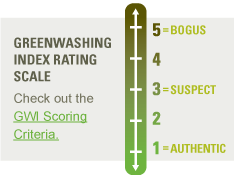There has been tons of discussion around the future of television and programming and how people watch shows these days. Just wanted to bring to light these two very different, but pretty cool alternative ways people are watching and engaging with television.
1. WIG Series- Started out as a website of TV show series hosted on Youtube, which was then was backed by Fox Network, and is now being picked up by Hulu. Scripted dramas streaming from your computer (or apple tv/game system…) for FREE. The two co-founders had connections with big stars so instead of crappy youtube series content, they are highly respected and well written dramas (with a HBO and Showtime feel) available for free online.
2. A teen reality show is now documented and watched all via social media. “@SummerBreak” is a new series that will exist exclusively on social media platforms like Twitter, Instagram, Tumblr, Youtube and Vine. Instead of a standard 30 minute tv spot this will be a 27/7 steam of all the content from the channels listed as well as 60 minute webisodes posted throughout the series to catch up.
http://mashable.com/2013/06/14/summer-break-reality-show-social-media/
http://www.youtube.com/user/SummerBreakNetwork?feature=watch
I know my behavior with TV has certainly changed and has since been supported by Netflix Original Series with watching whole seasons at once, rather than waiting for weekly episodes. Ain’t nobody got time for that!









